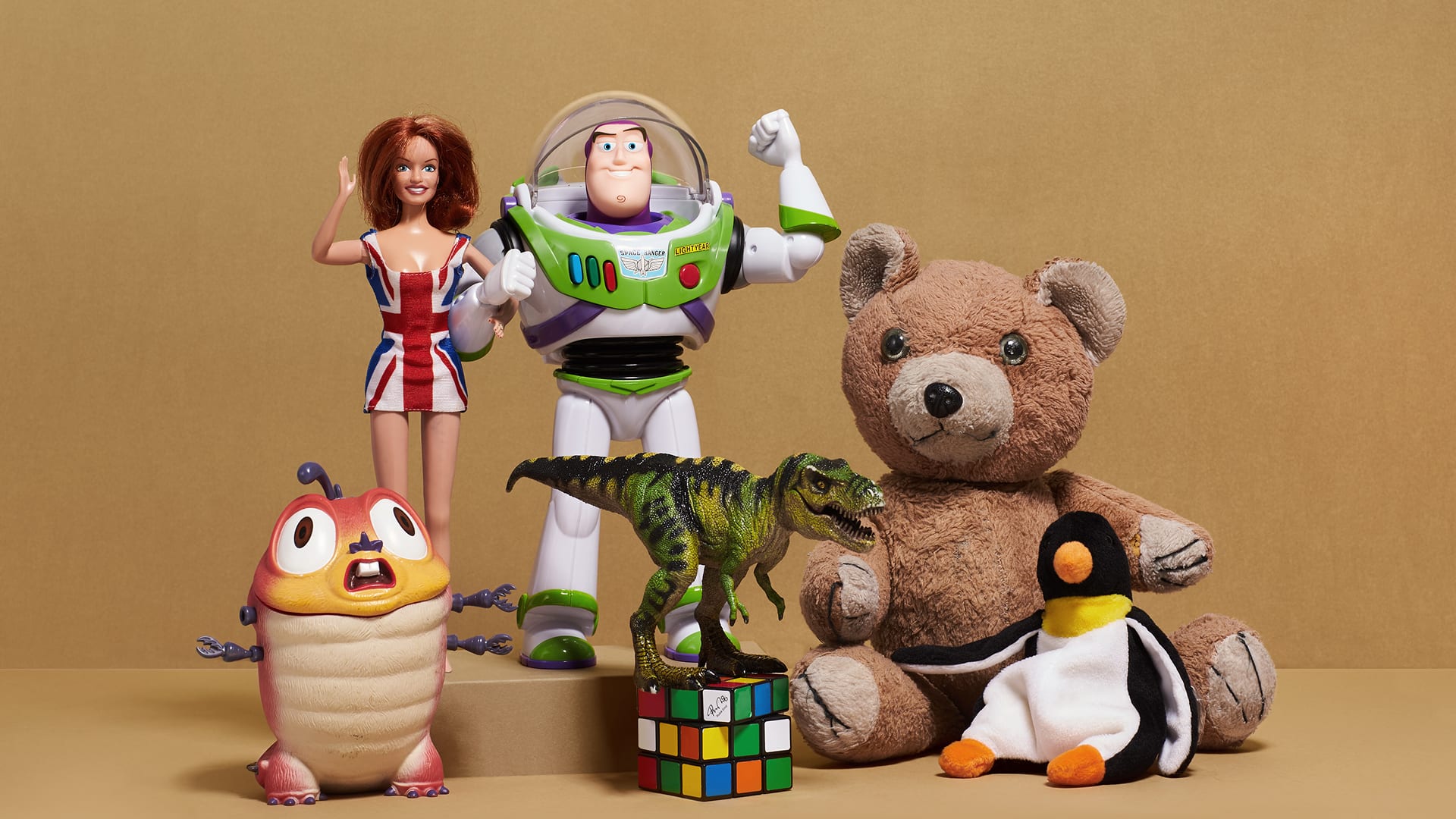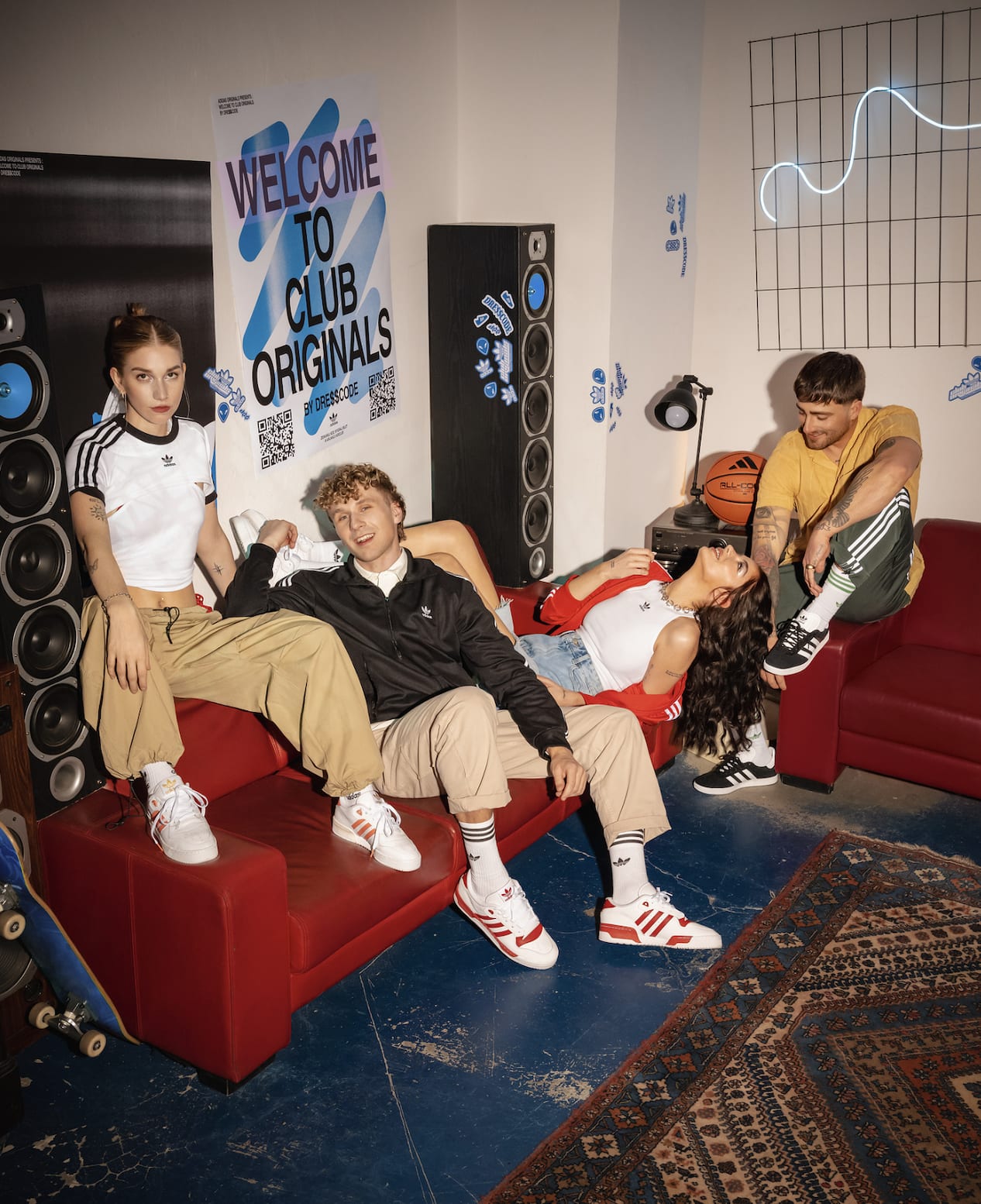Trends
Trends for 2019: Retail, Design & Marketing
Charlotte Dawson
18/01/19

A general overview of key trends set to impact 2019
2019 is well under way, and with that in mind we thought it a good idea to curate a few of the key trends to look out for in 2019.
The upcoming year is set to have a variety of factors disrupting the status quo, therefore this article covers a breadth of topics ranging from shopper mindsets and trends, to retail design and marketing techniques which are set to take off or continue relevance into 2019.
Shopper Forecast
2018 was a year of increased online spending and decreased high street footfall. Multiple large-scale data scandals have also created distrust and an introverted mindset in the consumer. This is particularly relevant in the case of millennials, who for them, staying in is the new going out. With everything they need at the touch of a button, from food delivery to shopping for the latest clothing, there is less reason than ever to leave the comfort of your own home.
Retailers must look at new and innovative ways of coaxing this consumer out of their abodes if they are to slow the decline in high street retail. Integrating spaces where communities are built, products tested, and social media content is created is the way to go, key examples of which will be discussed in the following sub heading.
Meaningful Retail
Self-help and mindfulness are particularly prominent trends for 2019. Millennials and Generation Z are continually looking to be more in the moment and seek more meaningful experiences from brands. Brands should look to integrate spaces which facilitate this need and provide the opportunity for mental and physical reset. Lulu Lemon is upping its wellness offering by introducing a meditation space in its new store in New York.
Smaller brands are embracing this trend and thriving because of it. Rapha, London, has become a community hub for city cyclists. They offer a variety of activities including club bike rides which are open to the public, workshops and in-store panel discussions. Each store also has an in-house coffee shop, providing a space for communities to come together, test products and most likely share their experience via social media. This type of retailing gives people good reason to leave their home and drives deeper more meaningful consumer-brand relationships.
Flexible Retail
Flexibility in retail spaces is becoming more important than ever. With many brands born online looking to experiment with physical store space, a great opportunity for retailers to both facilitate and capitalise on this trend has arisen. Large progressive shopping centres such as Coal Drops Yard in Kings’ Cross, London, are already creating small spaces available for short term leases which have ‘plug-in-and-play’ capabilities, meaning stores can quickly move in without worrying too much about technical infrastructure.
This initiative presents an opportunity for retail operators to trial fresh and innovative ways of driving footfall in high street retail. It also produces a testing ground for brands experimenting with educational and community spaces, intended to build the brand by offering a tangible connection between the consumer and brand, or simply creating a temporary node for distributing limited edition products.
It’s not only large retail operators who can benefit from this trend, ‘co-retailing’ is also surfacing. Brands have the ability to offer a similar initiative by providing space within their stores with flexible short-term leasing, ‘plug-in-and-play’ capabilities and modular walls. A prime example of this is Facebook’s Holiday pop-up collaboration with Macy’s, where one hundred of the most popular digital native brands on Facebook could showcase their products in a tangible space. This mutually beneficial initiative, which drives footfall onto the high street, is set to become more and more common in the upcoming year.
Design
2019 will be a year for bold colour. Consumer enthusiasm for colour is peaking and brands are recognising this by adopting a colour first attitude. In the realm of both technology and store design, colour is taking pride of place. In 2018, tech giant Apple went bright with product colouration, indicating that this is something which other brands are likely to follow.
Retail stores are also experimenting with colour. Colour is an imperative factor of a retail space, according to a study by the University of Winnipeg, shoppers make up their mind about a store in the first 90 seconds, with 62-90% of that assessment based on colour alone. Predominantly driven by the Millennial and Gen Z craving for ‘Insta-ready’ visuals, trending colourways include; ’Gen Z yellow’, monochrome, chroma blur, graduated rainbow and colour blocking – examples seen below.
Emerging Marketing Techniques
Social media influencer marketing has been a prominent marketing technique for a while now, however, execution can vary significantly. Differing from micro-influencers who command a following between 10k-100k, nano-influencers who have following up to 10,000 are becoming the go to for many companies looking to promote their product or service online. Nano-influencers are refreshingly relatable and have a loyal following who pay close attention to everything the influencer posts. They are also a more manageable option for brands, the reason being they are less of a financial burden and have a much less detrimental impact on the overall brand image, should they get caught up in controversy. Brands can also reach out to many more of these influencers, which in many cases yields a better outcome than using a few micro-influencers or a single large influencer.
Hartley’s 10 cal Jelly had great success with this technique in 2018. By sending complementary packs of 10 Cal jelly to Instagram’s slimming/diet macro-influencers they received an impressive response. 104 Instagram influencers engaged with the campaign, posting to their followers 295 times. This gave Hartley’s a 146% increase in engagement and doubled the brand’s follower count. Perhaps most importantly of all, sales increased too.
We’re recognised as a top Creative Agency on DesignRush, check out our business profile by clicking here.
To return to our journal, click here.


